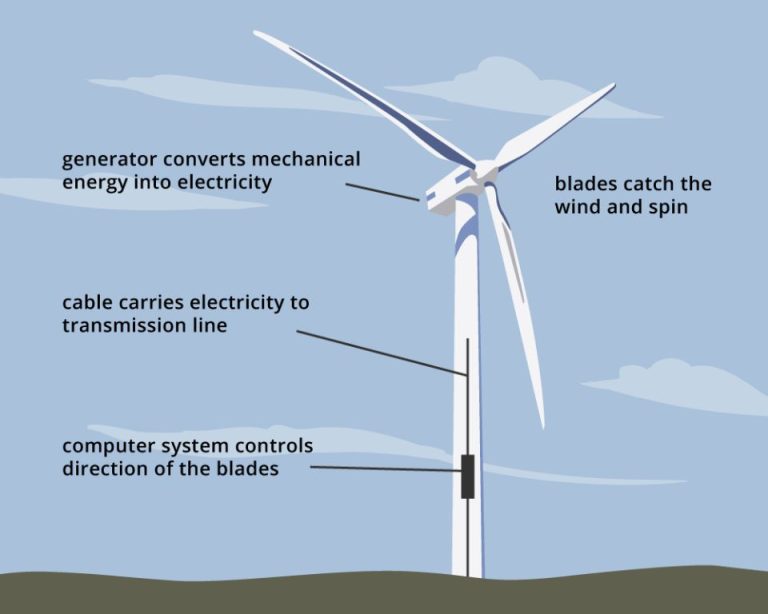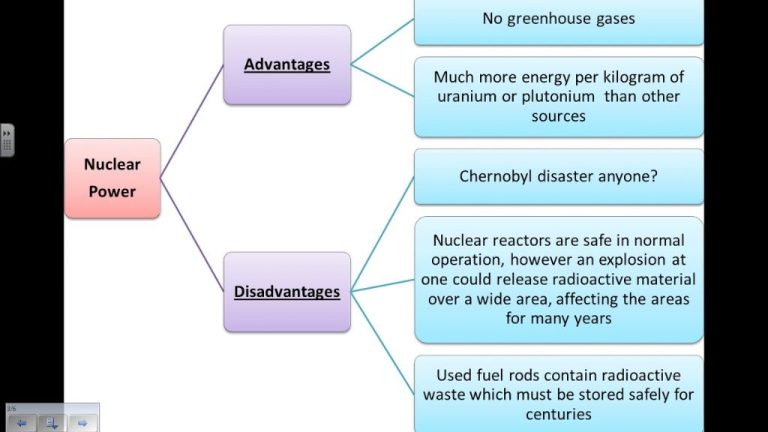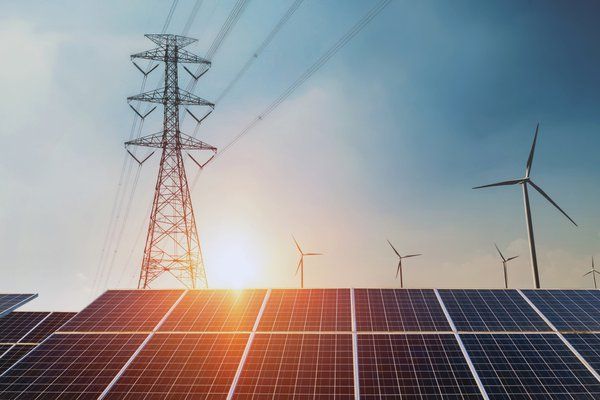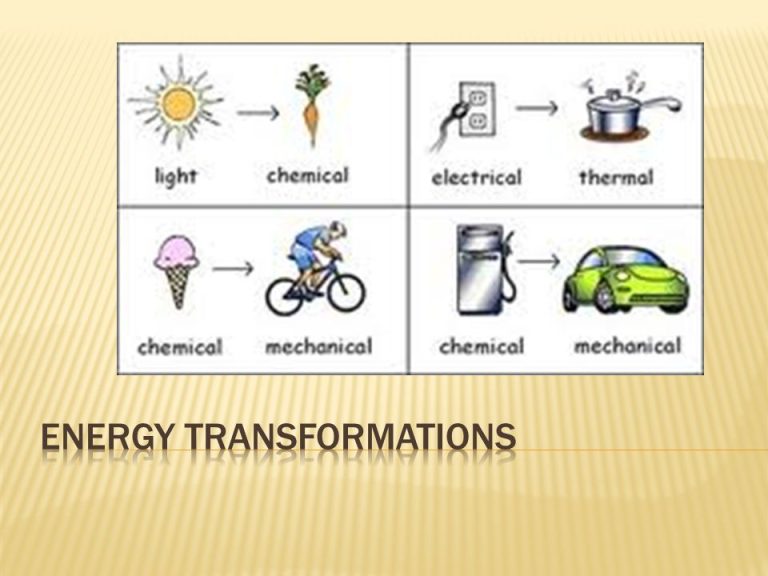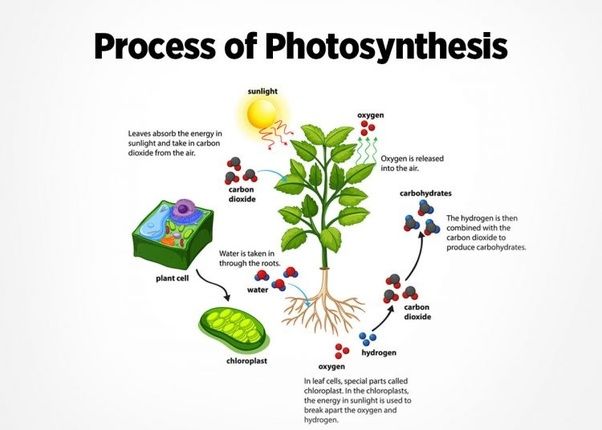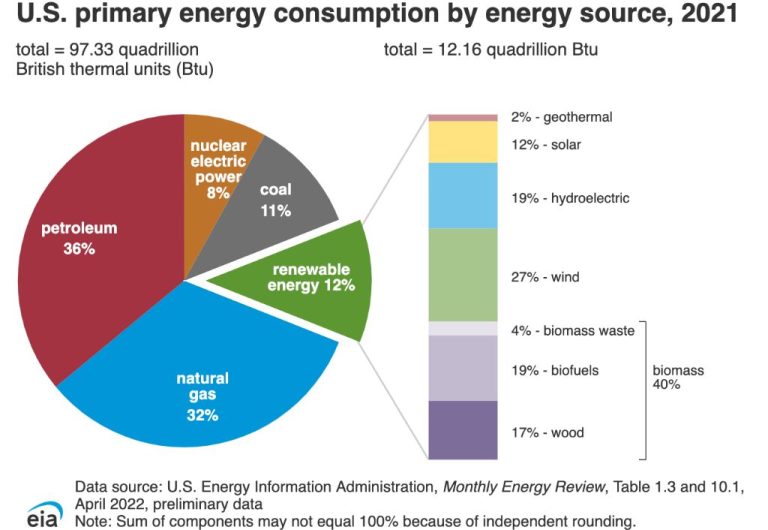Is Renewable Energy Increasing Or Decreasing?
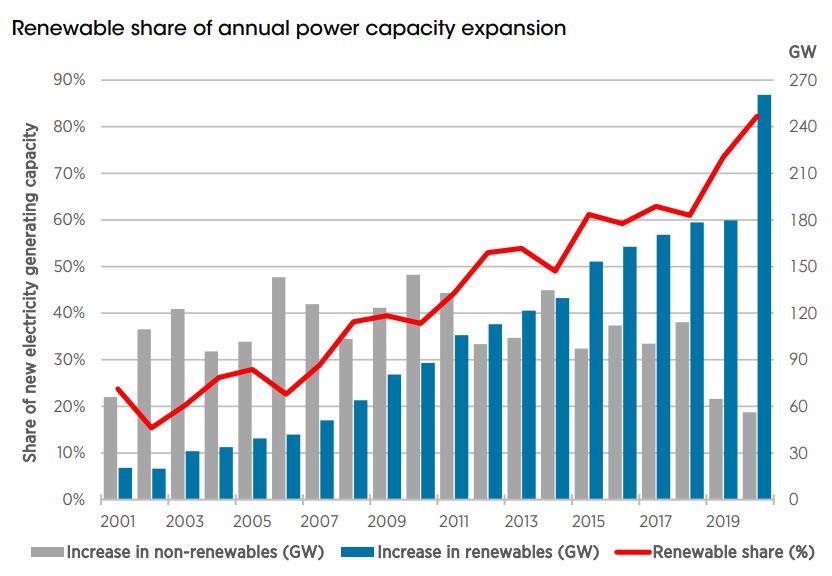
Renewable energy comes from natural sources that are constantly replenished, such as sunlight, wind, water, plants, and geothermal heat. Some of the most common renewable energy technologies include solar power, wind power, hydroelectricity, geothermal energy, and biomass fuels.
Renewable energy is becoming increasingly important as countries around the world seek to reduce their dependence on fossil fuels like coal, oil, and natural gas. Burning fossil fuels contributes heavily to climate change, so transitioning to renewable energy sources is seen as crucial for environmental sustainability. Renewables also improve energy security by relying on domestic energy sources rather than imported fuels. Lastly, technological advances and economies of scale have helped make renewables more affordable and economically competitive with conventional power generation.
This article will explore the growth of renewable energy worldwide, the drivers spurring its adoption, projected future trends, and remaining challenges. Understanding the role of renewables is key to mapping out a sustainable energy future.
Current Share of Renewables
According to the International Energy Agency (IEA), renewables accounted for 29% of global electricity generation in 2020. This represents a steady increase from 26% in 2019 and 24% in 2018. The IEA reports that despite declines in energy demand due to the COVID-19 pandemic, renewable electricity generation increased by over 7% in 2020.
Looking more broadly at total global energy supply from all sources, renewables contributed around 11% in 2019. The majority of renewable energy comes from traditional uses of biomass, however wind and solar energy have seen the largest growth rates in recent years. The Our World in Data project reports that in 2019, wind and solar accounted for approximately 5% of global energy generation.
While the global share of renewables has steadily increased, it still remains a minority component of the total energy mix. Fossil fuels including oil, coal and natural gas continue to supply around 80% of primary energy demand according to the IEA. However, most projections expect the renewable share to grow significantly in the coming decades.
Growth of Renewables Over Time
Renewable energy capacity has increased substantially over the past decade. According to research from the Strategist’s Handbook, global renewable energy generation capacity grew at a compound annual growth rate of over 7% between 2010 and 2020, led by solar and wind power.1 In the past 5 years alone (2015-2020), installed wind capacity doubled while solar capacity increased over 200%.
The growth in renewable capacity reflects both technological improvements and falling costs, as well as supportive government policies. Key countries leading the expansion in renewables include China, the United States, Germany, India and Japan. The International Energy Agency (IEA) projects that 90% of new power generation capacity added between 2020-2025 will come from solar and wind.1 If current growth rates continue, renewables are on track to generate over 25% of global electricity by 2025.
Key Drivers of Renewable Growth
The global growth in renewable energy sources in the past decade can be attributed to several key factors. Government incentives and policies have played a major role in accelerating the transition to renewables. Many countries have implemented feed-in tariffs, tax credits, renewable portfolio standards and other mechanisms to encourage renewable energy development and adoption (https://quizlet.com/341221849/igcse-geography-energy-flash-cards/).
In addition, the rapidly declining costs of renewable energy technologies like solar PV and wind have made them increasingly cost competitive with fossil fuels. Between 2010 and 2020, the cost of solar PV fell by 90% and the cost of wind declined by 70% (https://quizlet.com/338402302/igcse-geography-energy-flash-cards/). This dramatic decrease has been driven by technology improvements and economies of scale in manufacturing and deployment.
Furthermore, concerns over energy security, energy access and the environmental impacts of fossil fuels are also propelling the transition to clean renewables. Renewables can provide countries with greater energy independence and resilience. The modular and distributed nature of renewables also makes them well-suited for providing electricity access to remote areas.
Projected Future Growth
The future growth of renewable energy is expected to accelerate significantly in the coming decades. According to the International Renewable Energy Agency (IRENA), renewables are projected to supply over 60% of global electricity by 2050, up from 27% in 2020. The share of renewables in total final energy consumption could more than double from 14% in 2020 to over 30% by 2050 under ambitious policy scenarios. The Paris Agreement aims to limit global warming to well below 2°C, which would require renewables to supply 57-71% of global electricity by 2050.
More specifically, by 2030 renewables are projected to supply 52% of electricity consumption in Morocco, up from under 20% in 2020, according to this source. This would require tripling installed renewable energy capacity within this decade. Key technologies expected to drive growth include solar PV, onshore wind, hydropower and concentrating solar power (CSP). Favorable policies, declining technology costs and increased competitiveness of renewables will facilitate rapid expansion.
Overall, most projections indicate renewable energy will continue to increase its share across the electricity, heating/cooling and transport sectors globally through 2050. But realizing these projections requires overcoming lingering challenges around integration, transmission infrastructure, policy support and financing.
Challenges to Renewable Expansion
While renewable energy has seen impressive growth, expanding it to reach climate goals faces some key challenges. According to a report from Medriva Health, integrating renewable power into the grid at large scale, storage, and transmission rank among the most significant obstacles.
Grid integration becomes more complex as variable renewable sources like wind and solar constitute a larger portion of total capacity. This requires more flexible grid management and dispatchable sources to balance supply and demand. Energy storage can help, but currently remains expensive at scale (Medriva).
Transmission infrastructure also lags behind renewable growth in some regions. Building new transmission lines faces financial, regulatory, and community challenges. Upgrading existing infrastructure represents another hurdle (IEDC).
While growth continues, addressing grid integration, storage, and transmission issues remains vital to further renewable expansion.
Role of Electric Vehicles
The global electric vehicle market is projected to grow rapidly in the coming decades. According to research by Progressive, the International Energy Agency forecasts electric vehicle sales increasing from 6.6 million in 2021 to over 60 million by 2030. Major automakers like GM and Volkswagen have announced plans to transition to mostly or all electric vehicle production over the next 10-15 years.
This massive growth in electric vehicles will significantly impact electricity demand. A study by the Samsara estimates that widespread electric vehicle adoption in the US could increase electricity demand by up to 38% by 2050. Utilities will need to invest in grid infrastructure and additional generating capacity, especially from renewable sources, to meet this demand growth while reducing emissions.
Developments in Key Technologies
In recent years, there have been exciting innovations in several key renewable energy technologies that are helping drive growth in the sector. These advancements are making renewables more efficient, cost-effective and scalable.
In solar technology, researchers continue to break records for solar cell efficiency, with lab demonstrations now exceeding 47% efficiency (Source 1). Companies are commercializing new solar photovoltaic designs, including perovskite solar cells which can be printed cheaply at scale. Solar companies are also developing improved battery storage solutions to overcome intermittency.
Wind power is benefiting from larger and more efficient turbine designs, including vertical-axis turbines suitable for urban areas. Advanced materials and coatings are enabling blade designs that capture more energy. There is also progress on floating offshore wind farms that can access stronger and more consistent wind resources.
In biofuels, developers are commercializing advanced biofuels from non-food sources like agricultural waste, municipal solid waste, and algae. These advanced biofuels have the potential to reduce lifecycle carbon emissions by up to 85% compared to gasoline (Source 2).
Energy storage is also seeing rapid innovation, with improvements in lithium-ion batteries as well as new technologies like flow batteries. These storage advances will help integrate more renewables onto the grid.
Impact on Emissions Reductions
The growth of renewable energy has played a major role in reducing global carbon dioxide (CO2) emissions. According to Resource Solutions, renewable energy accounted for 29% of global electricity generation in 2019, avoiding over 2 billion tonnes of CO2 emissions. Renewable energy sources like solar, wind and hydro produce little to no greenhouse gas emissions compared to fossil fuel sources. As countries continue to increase their share of renewables as part of their climate goals, the emissions reduction impact grows substantially.
For example, a recent resolution in Summit County, Colorado set a goal of 100% renewable electricity by 2035. They estimate this could reduce countywide emissions by more than 50%. Many companies like Google and Microsoft have also committed to 100% renewable energy to reduce their carbon footprints. However, a recent study by Greenpeace found these tech giants still rely heavily on fossil fuels through their supply chains. More comprehensive policies and incentives will be needed to maximize emissions reductions from renewable energy growth.
Conclusion
In conclusion, the future for renewable energy looks bright. Renewable energy sources like solar and wind have seen rapid growth in recent years thanks to falling costs and supportive policies. Key drivers like climate change concerns, technology improvements, and cost competitiveness with fossil fuels will continue to propel the expansion of renewables globally.
While renewables face challenges like the need for storage solutions and grid upgrades, they are poised to become the dominant source of new electricity generation. With the ongoing transition to electric vehicles and breakthroughs in technologies like battery storage, renewables have the potential to significantly reduce emissions and combat climate change.
The key takeaways are that renewables are on an upward trajectory worldwide, driven by economic factors as well as environmental concerns. Despite obstacles, renewables are expected to continue their growth in the coming decades and play a leading role in clean energy transitions across the globe.

